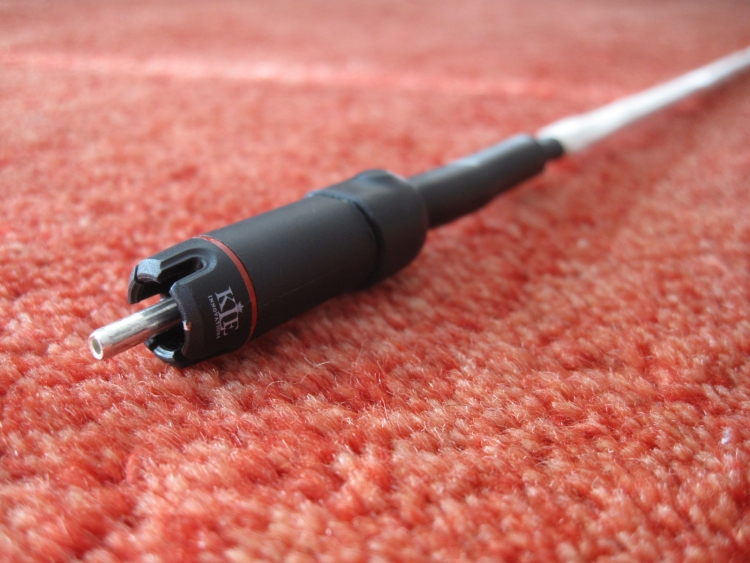
Heresy: a non-75 ohm digital cable!
The Mad Scientist is at it again, cooking more interesting non-standard audio accessories in his kitchen. On the menu this time is a digital coaxial cable that is deliberately not 75 ohm and uses carbon fiber as a conductor.
Review samples kindly supplied by Mad Scientist Audio
Retail price: $129
Upgrade RCA plugs: $40 for KLE Copper Harmony or $60 for KLE Silver Harmony, See the manufacturer’s website for more options.
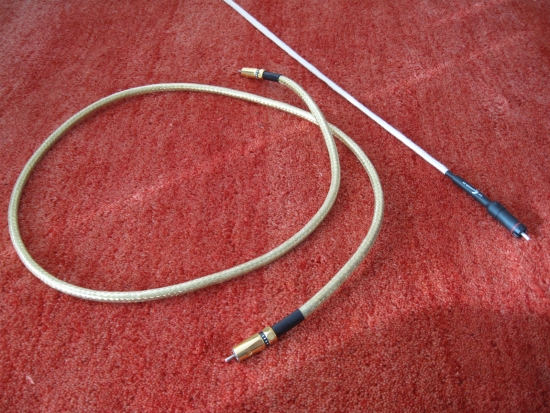
Above: the Heretical won’t stay curled up unless you tie it down. In spite of its buoyancy, however, it is still very flexible.
The Technical
Normally digital cable makers strive for a cable measuring “75-ohm”, as per the SP/DIF standard. But the Heretical deliberately deviates from this. In fact, the cable has around 37ohms of actual resistance. According to the maker, using carbon fibers as the signal conductor however has some beneficial effects that outweigh the deviation from the 75-ohm characteristic: “The Heretical cable has around 37 ohms of resistance. A reflection that bounces off the DAC’s input socket will travel the length of the cable and back again, thus experiencing around 75 ohms of resistance. As the DAC’s input must be loaded with 75ohms, this causes the reflections to be strongly attenuated. What’s more, reflections will not have the chance to bounce up and down the cable multiple times, as they will be simply turned to heat by the effect of the resistance.” Then the official blurb continues: “Skin Effect is very very small compared to metal conductors. The square waves that make up the digital data are sent at a few megahertz – fairly slow by digital standards. However, the harmonics that make up the square wave go much higher, into the tens or even hundreds of megahertz. At these frequencies, copper has a skin depth of a few micrometers. By comparison, the skin depth for carbon fiber is still as few millimeters. This is important as the correct transmission of all the component harmonics is crucial for the correct transmission of the whole wave. And the higher harmonics are responsible for accurate bit transitions.”
My knowledge of digital theory doesn’t really stretch far enough for me to make sensible comments about the above but to be honest, I don’t really mind. For me, the proof is in the listening. While the standard version of this cable is supplied with modest brass with rhodium plated RCA plugs and very good results are achieved with these according to the maker, my review 1-meter samples were outfitted with the slightly more expensive KLE Innovations Silver Harmony plugs.
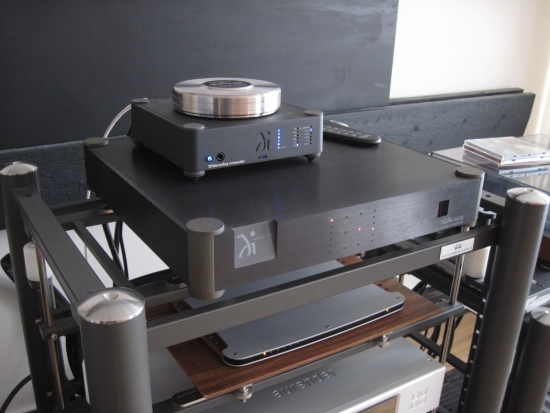
The Listening
The Heretical digital cable’s quality was assessed between an Aurender N10 music server and a Wadia 121 DAC as well as a Wadia 25 DAC. I prepared some cables covering a wide price range to compare with such as a very cheap but pretty good Ceam RG59 (standard coax type), a 70 euro Apogee Wyde Eye and a 600 euro Wireworld Gold Starlight III+. As it turns out, I really needn’t have taken the trouble to take out all these cables and two DACs because the Heretical’s benefits were clearly audible right from the very start.
For the longest time, I have preached asynchronous USB to be a better connection than S/PDIF, but since my experiences with the Jeff Rowland Aeris DAC and the Aurender N10, I’m not so sure anymore that this is a rule set in stone. The interface implementation and the impact of the overall setup and cables used have all proven to be major contributing factors. The Aurender N10 in my opinion is a superb source for all the usual digital formats and so it makes for easy comparisons using either USB or any of its S/PDIF outputs.
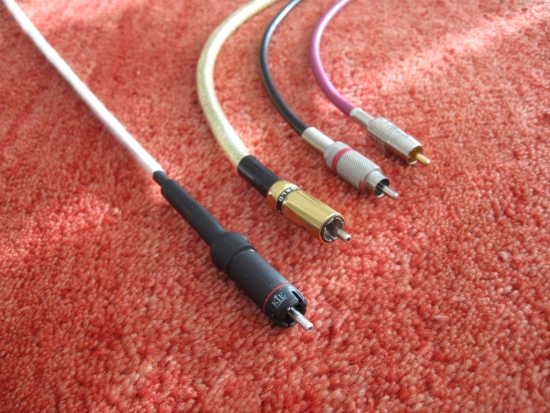
All the Aurender’s digital outputs sound very good, but there are still differences that correspond with how I usually experience them. Using standard RG59 cable coaxial sounds fuller in the bottom octaves, but less transparent and less airy than when using an AudioQuest Diamond USB cable (600+ euro). In some situations, the coax sound is not such a bad thing, but it’s definitely a deviation from neutrality. When substituting the RG59 for the more upscale Wyde Eye things only get worse, with woolier bass and softened transients. The Gold Starlight III+ certainly improves on the Wyde Eye by sounding tighter and more solid while retaining the treble fluidity. I really liked the Wireworld a few years ago in a previous setup that was somewhat edgy, but now that my sound is more balanced I think it takes away a little too much reality.
It’s when substituting the Wireworld for the Mad Scientist Heretical that the best balance is achieved: the tightness and speed of USB with airy treble as sweet as the Wireworld’s and with the engaging musical flow of the RG59 cable. There’s a sense of freedom when listening to music using the Heretical that I don’t quite hear when using any of the other digital cables, or USB. Would this be the non-metal nature of the cable? No matter the cause, it’s amusing to note that in spite of its non-75 ohm characteristic, the Heretical sounds as if the clock is pulled from the S/PDIF stream easier than with the other digital cables that I tried.
A final experiment using a Mark Levinson 37 CD transport into any of the two Wadia DACs substantiated my earlier findings, again with the Heretical sounding at once more transparent and better-timed than the Wireworld, while avoiding bass thinness and retaining all the fluidity and air.
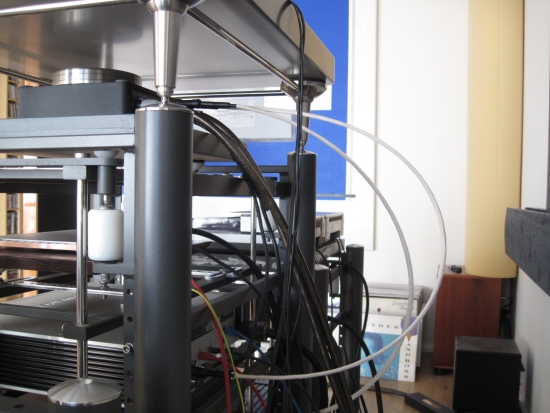
Conclusion
If Asynchronous USB is considered the standard, then it should count as a small miracle when a digital coaxial cable sounds more engaging in certain aspects. But let’s leave aside the USB versus SPDIF matter. Judged purely as a digital coaxial cable in comparison to other coaxial digital cables I can be short: the Heretical has taken permanent residence between my CD transport and DAC and is as of now my new reference in digital cables.
The best part? It’s highly affordable, especially if you order one soon.

External Links
Manufacturer: Madscientist
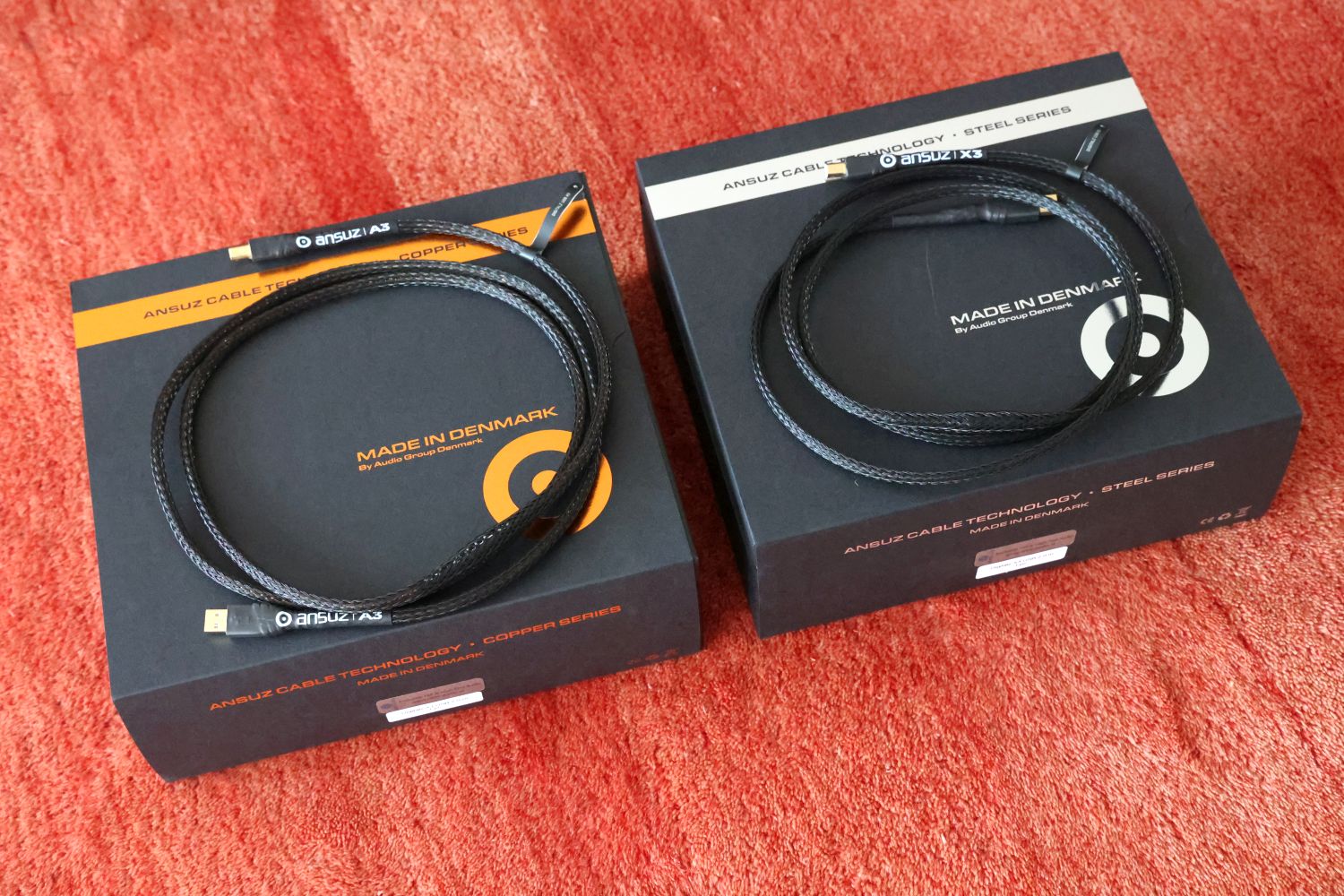
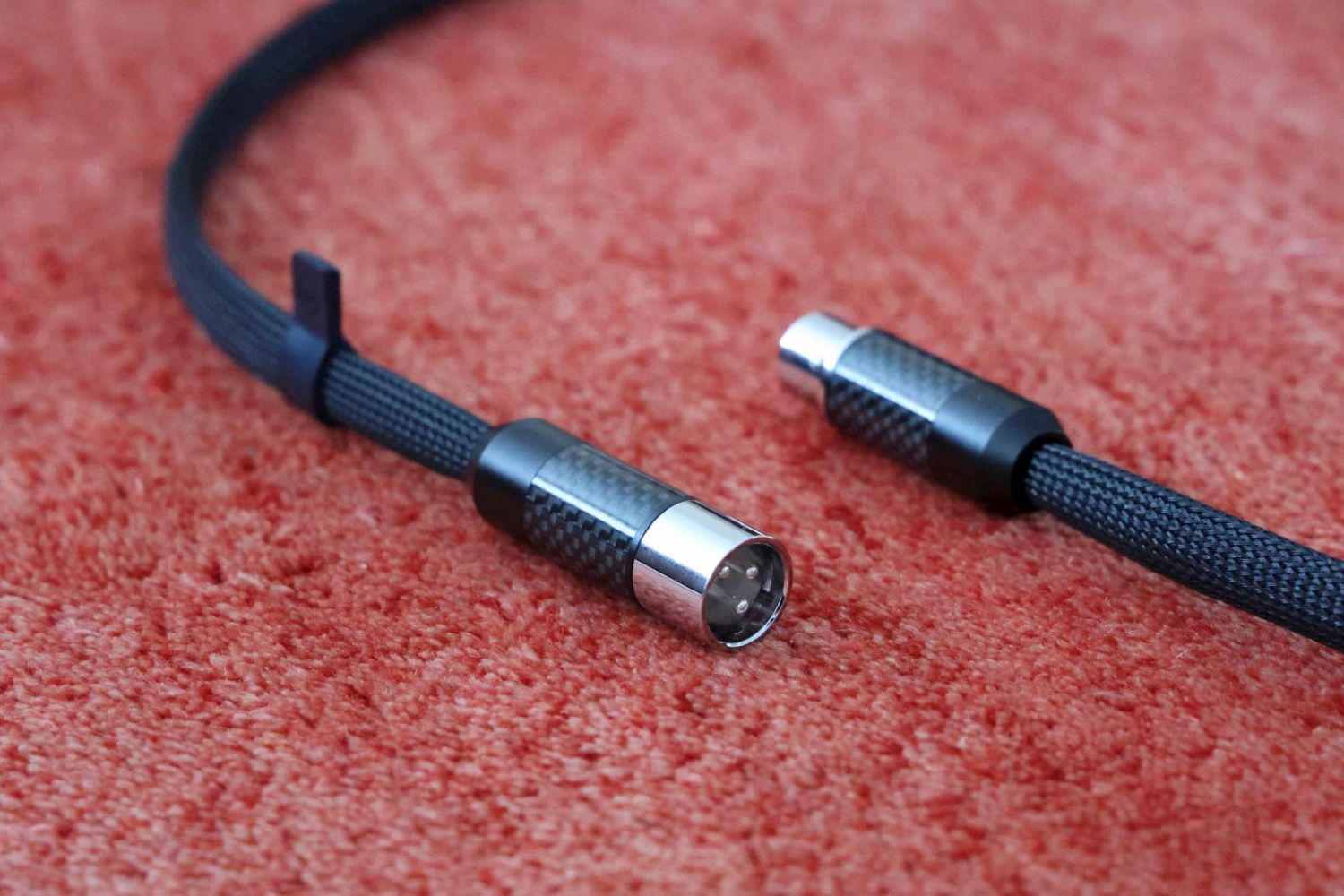
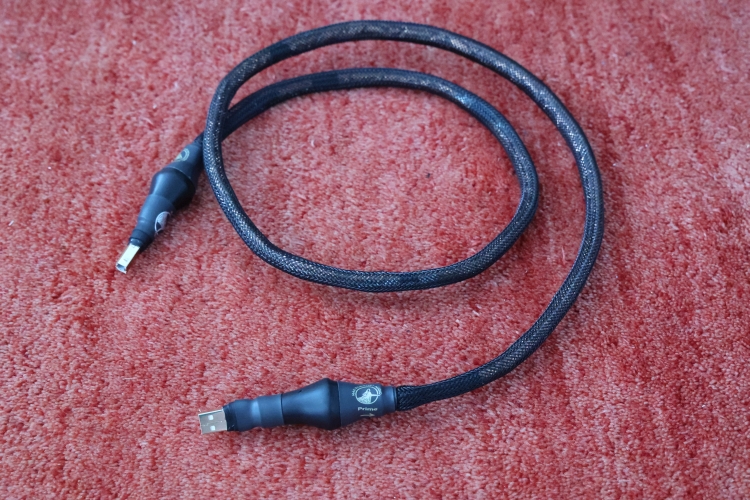
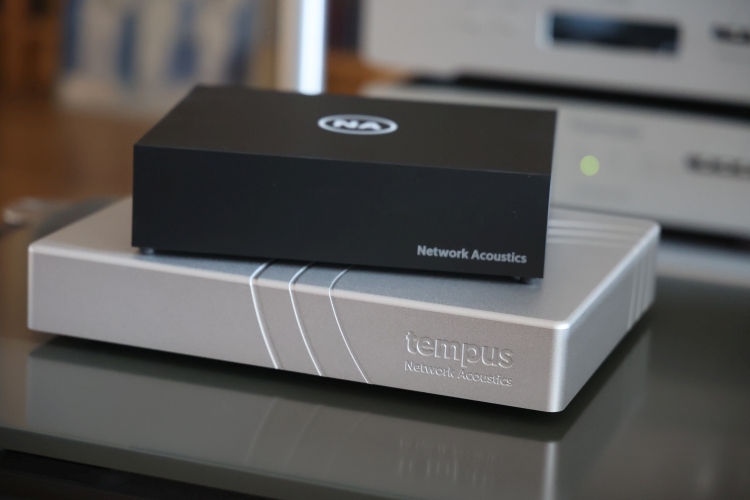

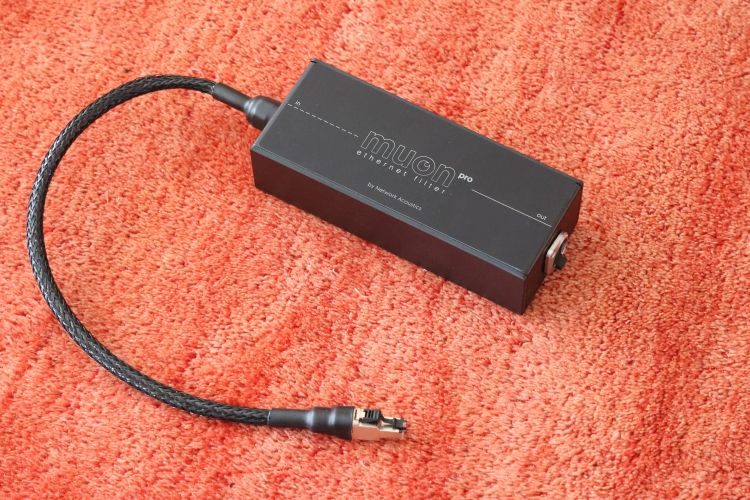
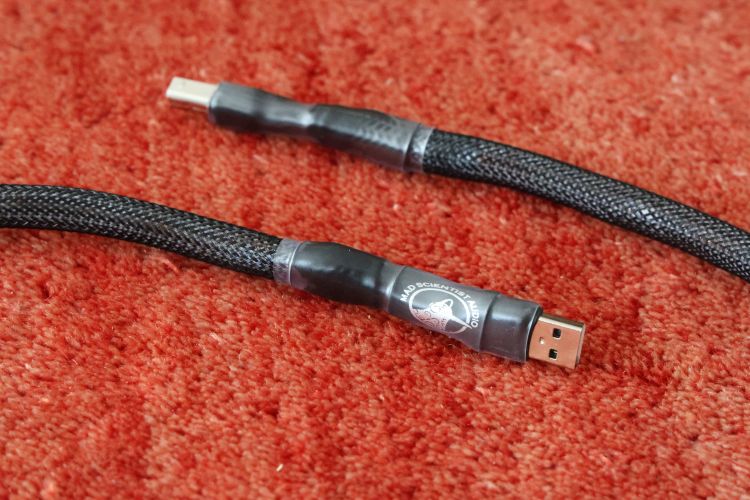
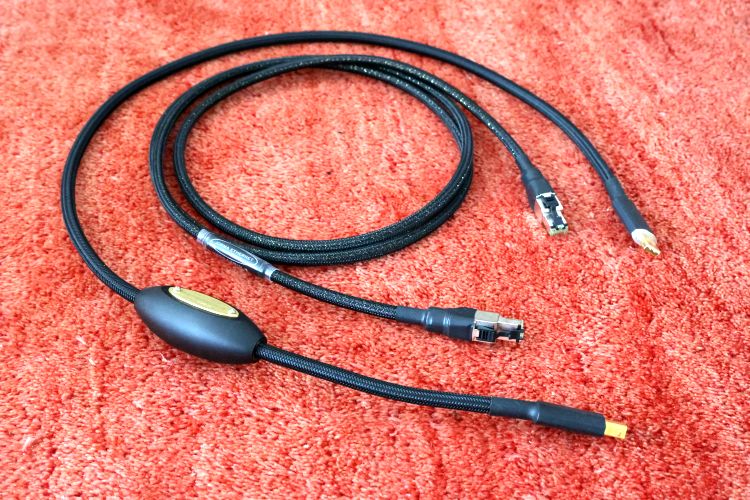
Hallo Christiaan,
Is deze digitale kabel van Mad Scientist echt zo mooi?
Groetjes,
Gaston
Hi Gaston, yes, this really is a pretty special cable.
Hi Christiaan, van den Hul’s carbon cables have been my SPDIF reference digital cables for years, would be interested to know how the Mad Scientist compares to say van den Hul The First Ultimate (Mark I) as a digital comparison. Used between my CD12, dCS Purcell and DA12 with extreme neutrality. Regards, Andrew
That’s a valid question Andrew, but one that I’m afraid I cannot answer as I don’t have the vdH at hand for comparison.
Bought this cable recently after reading your review and I must say it’s a wonderful sounding cable.
I upgraded from a ‘standard’ good sounding RG59 cable to this refined digital cable and it has made a big difference to my sound.
Hello
Thank you for great reviews. it seems you know about importance of dynamic in sound of digital cables.
i am looking for a dynamic and transparent SPDIF Cable.
what is your idea about that?
Thank you
Amir
Dynamics are a tricky thing. Some people liaise a forward sound or transient overshoot with a dynamic sound. I don’t think this is the correct view, but YMMV. In any event, the HDC has excellent dynamics, with the subtletest of details audible but it does not sound as edgy as for example a Belden RG59, which could be seen as sounding more dynamic. The latter however does not provide the same amount of low level detail.
I exactly mean dynamics as you mean.
in my idea dynamic means opposite of forwardness and edgy sound.
I have Acoustic Revive USB cable, Purist Anniversary USB Cable but i think 5$ hp usb cable is more dynamic than both.
cable designers kill dynamic but make sound high resolution at lowering noise.
i need a good dynamic S/PDIF Cable as you mean.
Amir
Hello Christiaan,
have you ever heard of digital cables MIT?
if so, what do you think?
best regards from Italy
Francesco
Hi Francesco, sorry, I have no experience with MIT digital cables.
Thanks Christiaan,
Can I get your opinion?
I need to buy a better digital cable for my Wadia X-32.
I have heard in my system the Transparent Audio High Performance 75ohm Digital Cable (an earlier version). (New $400-500)
It did two things that were startling: the space of the original performance became re-created. Not instrumental imaging, but the performance acoustic space, if in the recording.
Secondly, the mid-bass above 30 or 40 cycles got stronger, more dynamic, you could sort of feel it. Seemed a lot more real.
Would the Mad Scientist Heretical Digital Cable do those things, plus more?
I don’t know how many systems you have heard it in, so maybe you don’t know yet.
Thanks,
Brandon
Hi Brandon, Transparent has a particular house sound that is evident even in their digital cables. This sound is not mimicked anywhere else or at least not in the cables that I have heard so far. It’s a combination of bass heft, treble air and lushness along with enough transparency to avoid sounding coloured. However there are more transparent and more highly resolving products around. The Heretical is in this category: it has higher inherent resolution and is more refined, with better focus and definition of center images in the soundstage. It does not however have the Transparent-typical bass heft. Also, as is often the case with very accurately imaging cables, the soundstage can be perceived as more narrow. Probably the Heretical’s portrayal is the more natural/accurate one, but you might prefer the Transparent’s roomier presentation.
You have given me a lot to think on. It is not just black or white.
I may have to get both cables to see which I prefer.
Darn!
Brandon
Hi Brandon, yes, sorry! In audio, as in real life, things are often relative, and system synergy and personal taste play a major role too. Getting both cables in your system is definitely the best way to decide. And in the process you’ll likely gain new insights which is always good, even if things turn out differently than expected.
Why not just keep the heretical, I plan to buy one too, and now buy a hundred more USED Decca, EMI, etc CDs of Opera, concerts, etc and enjoy the music. Forget about the fine points. In a live concert such as The Vienna Phil, you are enveloped in a music bubble, no width, depth, layering etc.
Hi Thomas, that is pretty much correct. Depending on the venue, there can certainly be a bubble but there is indeed little layering or pin-point focus to speak of in a live concert. Still, at home, I do enjoy hearing these things and I think it is perfectly valid to chase this. However, I do want to stress that these “hifi” attributes are not what’s most important to me. What is important is that the music grabs me and moves me emotionally. And that tends to happen more easily when the sound envelops me. Also, it helps me to relax into the music when the audiophile boxes that my mind requires are ticked.
Een praktische vraag: ik wil deze kabel graag aanschaffen tussen mijn loopwerk en DAC maar heb beperkte ruimte achter mijn rek (maximaal 14 cm). Gaat dit werken? Of is het risico op breuk dan te groot? Op de foto staan ze in ieder geval stijf naar achteren. Dank en groet.
Hi Paul, the cable is not as stiff as it looks: it can be bent easily. Just make sure not to force it into a square corner and don’t pull on the cable but always on the connectors. That said, 14cm is not enough for a safe curve. I would say that you need at least 20cm.
Curiosity killed the cat and I bought the cable (as tested above) and it fits within the 16 cm space behind my gear :-). It works a charm and I agree with the characteristics described in your review. Less jitter > better timing > better rhythm. Drive and DAC almost seem to have become integrated. Whereas jitter is abstract to me, rhythm is not! Thanks a lot for bringing this cable to my attention. It deserves high praise esp. given it’s modest price.
That is very nice to hear Paul! They really sound very special indeed and at the price are something of a steal.
Christiaan, on your recommendation I just purchased the Plus version of this cable at a very reasonable price. I’m looking forward to hearing it in my system. Thanks again for your review –
Mister Punter
what is your opinion (regardless of the price) between the HERETICAL USB cable and the USB GOLDE UNIVERSAL II.
Thank you.
n.b. the GOLDEN UNIVERSAL II is from siltec.
Hi Lorio, alas, I have not heard the Golden Universal II so I cannot comment.
Hi Christiaan,
Thank you for your thorough reviews I drink like a thirsty man to stay updated since we have some common references in our respective audiophile life.
For now I would like to extend the life of a vintage DCS ELGAR + DAC linked in dual AES to a DCS NEtwork Bridge . For that purpose I wonder if I could be completely heretical and use with benefit The Mad Scientist digital cables in their version +?
Thanks for your reply !
Hi Philippe, great feedback, thanks. Audio buddy Niels brought the Elgar+ along not too long ago and even if I personally verge more toward multibit, this is still a great DAC, not to be dismissed at all. So, extending its life seems like a good idea. Alas, I have not experimented much with my dCS combo beyond standard AES cables but enough to know that they have a large effect on the sound quality. I would assume that the Heretical cables might add a nice dose of juiciness and fluidity but just how precisely the Mad Scientist cables would affect the Elgar’s sound, I really would not know. I’d say just give it a go and in any event, going completely heretical I think is always refreshing:-)
Hi Christiaan,
What about Flexible Carbon/Graphene PLUS Digital AES/EBU form Mad Scientist ? Did you have the chance to test it compared to Jorma Digital AES-Ebu , which is a reference for you ?
Hi Calin, alas, I never heard the Mad Scientist AES/EBU cable, only the S/PDIF version.
I see, just ask him about this product; he just replied in an email where I asked about AES-Ebu cable, he recently made some design changes to this range. I guess it’s worth trying when you have time for test.
We have spoken about it but that was some time ago and before the AES cable was fully developed. For now, a review of the new Mad Scientist speaker cables is in the planning.